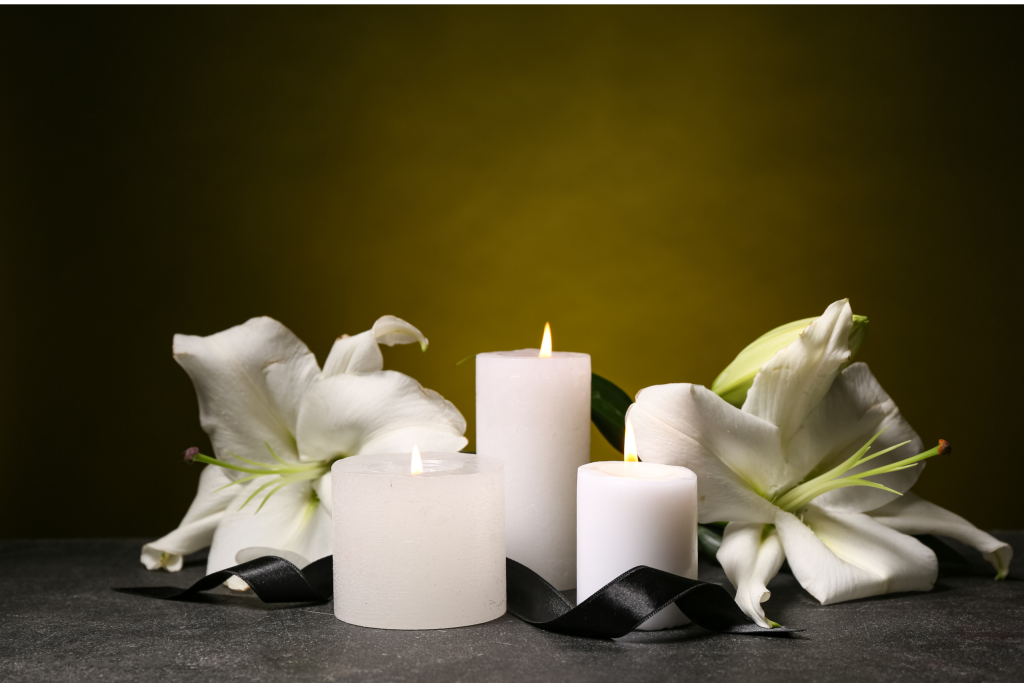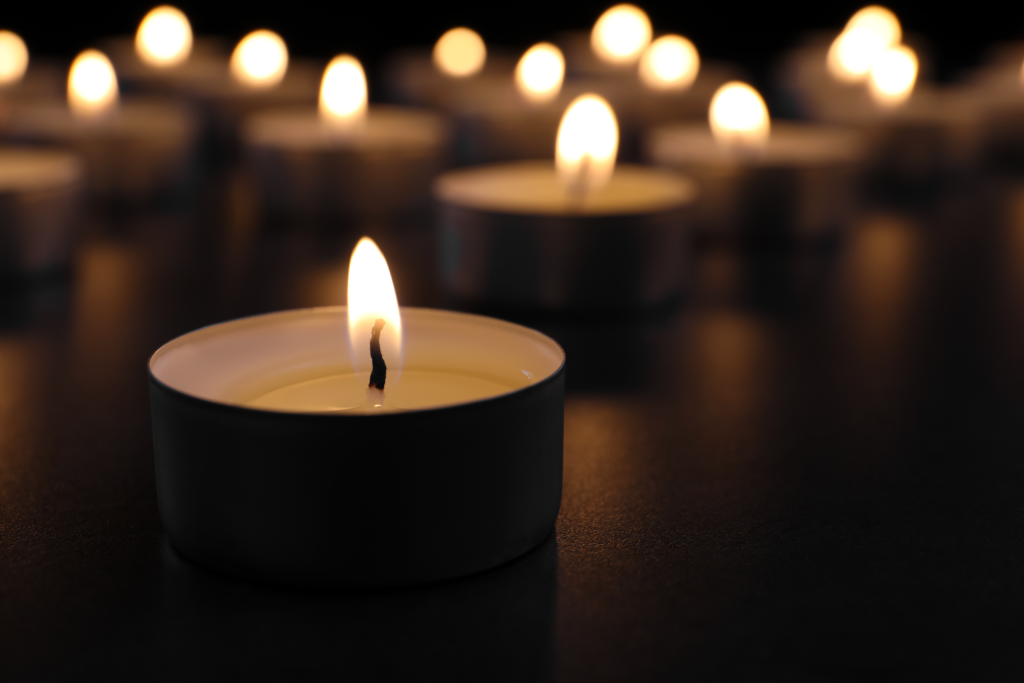Hindu Funeral Rituals In Singapore : Honouring Life And The Journey Beyond

Hindu funeral rituals are deeply rooted in ancient beliefs about life, death, and the soul’s eternal journey. They are performed not only to bid farewell to the departed, but also to help the soul transition peacefully to its next existence.
In Singapore, where Hindu communities from South India and North India coexist, funeral customs may differ slightly in language or practice — but the spiritual essence remains the same: reverence, detachment, and purification.
Preparing the Body

After a person passes away, the body is washed, anointed with sandalwood or turmeric paste, and dressed in simple, clean clothes — usually white. The big toes are tied together, symbolising the body’s stillness and unity in death. A sacred mark (tilak) may be placed on the forehead, and flowers are offered in respect.
In Singapore, undertakers experienced in Hindu customs assist with the preparation, whether at home or at a funeral parlour.
The Final Rites (Antyesti)
Antyesti, meaning “the last sacrifice,” is the formal farewell. The body is laid on a bier with the head facing south — the direction of Yama, the god of death. Family and friends gather to offer prayers and place flowers, while a priest (purohit) leads chants from sacred texts such as the Garuda Purana.
Offerings of rice balls (pinda) and sesame seeds are made, symbolising nourishment for the soul’s onward journey.
Cremation: The Release of the Soul

Cremation is central to Hindu funerals, symbolising the release of the soul (atman) from its earthly vessel. In Singapore, this is usually carried out at Mandai Crematorium or government-managed facilities.
Traditionally, the eldest son or closest male relative lights the pyre — or presses the button for the cremation chamber — after walking around the body three times counter-clockwise. A clay pot of water is broken to signify the breaking of worldly ties.
The Coconut in Funeral Rituals

While coconuts are commonly associated with auspicious ceremonies like weddings or temple offerings, they also hold significance in certain Hindu death rites.
In some South Indian communities, a coconut broken into halves is placed on the heap of rice near the body before cremation. This act symbolises the breaking of the ego — the hard shell representing the human attachment to material life, and the pure white interior symbolising peace and purity.
In other traditions, coconuts may be placed in the coffin or used in post-funeral rituals as offerings to the departed. During the danam (charitable offerings) performed at the end of the mourning period, one of the symbolic gifts may include a coconut “representing a cow” — a sacred gesture believed to aid the soul’s passage.
Although not every Hindu funeral includes this custom, the coconut’s presence across different rites reflects its powerful symbolism of humility, purity, and spiritual release.
Post-Cremation and Mourning

After cremation, ashes are usually collected on the third day. Families may scatter them into the sea, often at designated locations such as Changi or Tanah Merah, returning the body’s elements to nature.
A mourning period of 10 to 13 days follows. During this time, families abstain from celebrations and wear white clothing. Daily prayers are conducted at home, with offerings made to help the soul reach the ancestral realm (pitru loka).
On the 13th day, a ceremony called karumathi (or thedi, depending on the region) marks the end of mourning. A priest conducts purification prayers, and the family resumes normal activities with a renewed sense of peace.
Symbolism in Every Step
- Fire (Agni) – Represents purification and transformation.
- Water – Symbol of cleansing and continuity.
- White clothing – Signifies detachment and purity.
- Rice and sesame seeds – Offer nourishment to the soul.
- Coconut – Reflects the breaking of ego and the soul’s return to purity.
Due to urban space limits, cremation is the norm in Singapore. Families often work with Hindu undertakers who are familiar with Tamil, Bengali, or North Indian customs. Temples such as Sri Siva Durga Temple and Sri Mariamman Temple may also assist with priests for home prayers before and after cremation.
